What a blazingly good fun day at Bletchley! A ‘few’ pictures of the day are shown below (hi-res versions are available on request).
Well… Some of us were ‘keen’ and so we were there in the queue for when the gates opened at 9:30am. Various en-route txts from the rest of our group coordinated our meet up over coffee and tea ready for the first tour at 11am.
There is easily more there than can be seen in one day. Did Chris ever make it out before the gates closed? Or is he still lost somewhere in the basement of Block B?…
Meanwhile, I was nearly locked in the RSGB amateur (Ham) radio station GB3RS as it was being shut down for the end of the day… Apparently, the station and displays have only recently been relocated from central London to Bletchley in July this year. They have a very good setup with some good hands-on equipment, some old historical stuff, and the latest state-of-the-art transceivers as witnessed by the various terrestrial and satellite aerials festooned around “Station X“.
… And then the more mundane mobile smartphone digital transceiver came to life to coordinate regrouping in the car park to make our timely escape…
We also enjoyed some good summertime weather that made for a very pleasant wander around the grounds and the various huts and stables. There’s various vintage vehicles and paraphernalia on show around the site to give a feel for the war period.
The wartime effort at Bletchley was certainly impressive with a cypher disassembly line spanning up towards 9000 staff with yet more staff in various outposts. Further expansion was limited by concerns to not overrun the available local services and for keeping the operation clandestine! Also impressive is the volunteer effort today that has brought Bletchley Park back to life. The ‘ultra’ secrecy surrounding the site meant that it was nearly bulldozed to disappear forever unknown under housing. The site was only rescued due to a conservation order placed on a number of trees on the site! Only some years later was the significance of the site ultimately revealed.
The rebuilding of a working Bombe and Colossus, each taking over a decade of re-engineering, are must-see pioneering marvels from the time. They are similarly epic to the Science Museum’s Babbage’s Difference Engine No 2, but also the Bletchley machines go somewhat beyond with their added complexity of electric/electronic circuitry and myriad connections… Elecro-Electronic-Mechanical marvels! And you get to see them working. With all the heat generated, and multiple machines crammed in, plus operators, plus the operators likely chain-smoking and always working under the pressure of time, and no windows, no wonder one of the huts was nick-named “Hell”.
Just a very few of the surrounding wartime stories are included on various display panels, but that still gives good context for the driving war effort.
All quite a feat all round.
Poor Eva in our group was put on the spot for translating the same repeating daily message for some lonesome Africa German outpost that the Allies very deliberately kept undisturbed… That one location must have been the safest but most boring place to be posted to for the entire war. It also helped Bletchley Park decrypt other messages that day…
Another deliberate curiosity was the Czech in-the-middle-of-nowhere posting that was of no strategic interest whatsoever that ‘happened’ to have one bomb dropped nearby. It also happened to uniquely have a few “z”s in its name…
Not to be missed are the stories of various hero pigeons that carried critical messages when all other ‘modern’ technology had failed!
And lots more. Too much to cover all in just one day.
Thanks to Jason for organizing a very good day. And thanks for the txt-ing coordinating from him to sheep-dog the rest of us all together!
And thanks are due to the volunteers we met at Bletchley who make it all enthusiastically and very knowledgeably work very well.
Cheers,
Martin
Further notes:
This seems timely: Alan Turing Monopoly
OK… A bit cheesy but a good idea. Hopefully not lost amongst all the other branded re-spins of that game… I like the use of “‘Auntie Flo is not so well’ (which was the secret phrase for…)”.
Is there also a ‘Turing Machine‘ game board? That would make for a hellish twisted sort of snakes and ladders for jogging forwards and backwards until completion… 😉
A few links:
- Enigma Simulator
- How the Poles broke the Enigma Code
- Wikipedia: Bletchley Park
- Wikipedia: Bombe
- Wikipedia: Heath Robinson (codebreaking machine)
- Wikipedia: Colossus computer
- Wikipedia: German code breaking in World War II
- feldgrau: German Code Breaking of WWII
- Wikipedia: Ultra
- Wikipedia: Combined Cipher Machine
- Science Museum: Doron Swade operating Babbage’s Difference Engine No 2
- My years at Bletchley Park – Station X by Sgt Carol West
- BBC: Celebrating Colossus, the codebreaking computer
- Distributed computing effort that has decoded some wartime intercepted Enigma messages: Enigma@Home
- Bletchley Park National Codes Centre
Three points to note:
- The Germans were ‘ahead of the game’ at the outbreak of WWII and due to their code breaking, they knew in advance the location of all British warships and lots more
- The Polish Intelligence Service set the scene for how to break Enigma
- And the turning point in the war was perhaps at or soon after Arnhem when the British decryption effort became the more successful to turn the tide of strategic information to help Montgomery against Rommel and for throughout the entire theatre of war. Especially, decoding Enigma/Lorenz was essential to the successful D-Day landings…
Perhaps (at least in part) the war really was won by which side knew the more of the other…



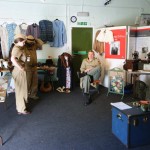
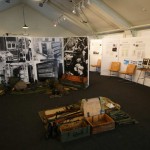
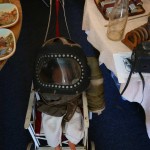

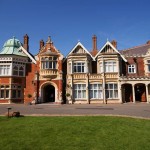


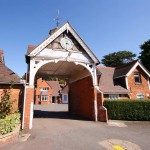

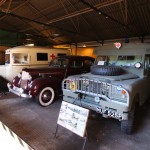
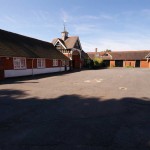


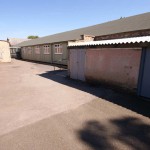
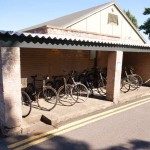
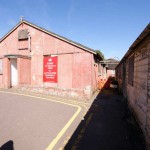
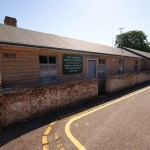
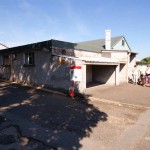
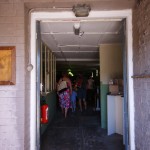
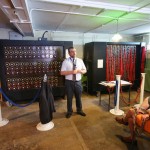
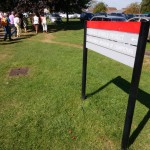

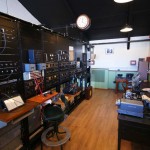
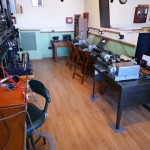
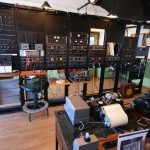
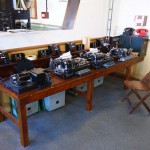
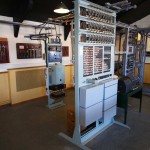

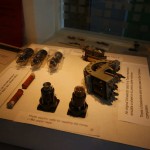
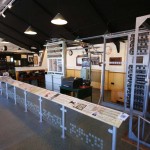
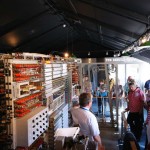
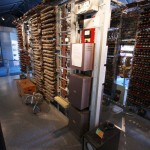
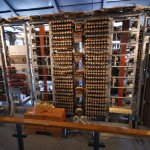
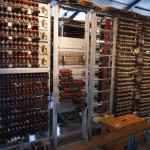
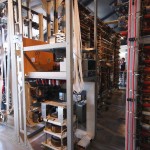
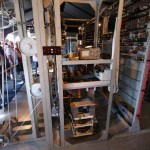
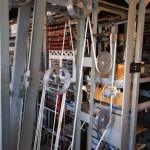
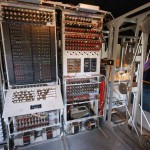


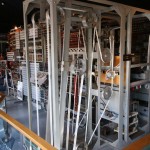
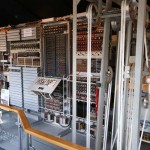
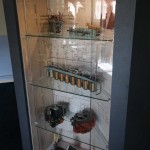
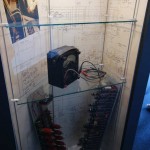
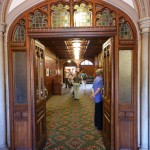

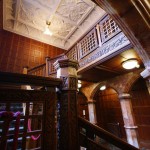
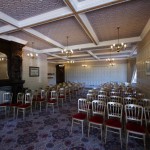
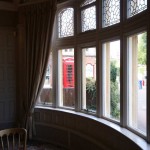

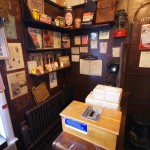

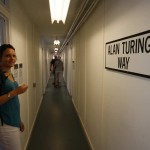
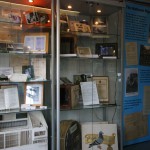

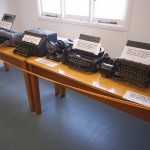
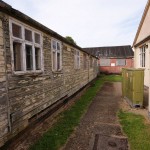

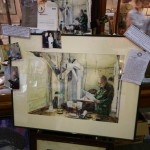
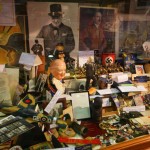
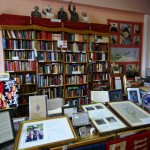
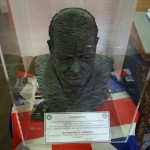
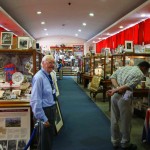
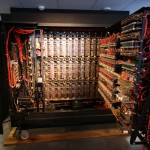
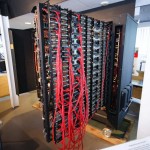

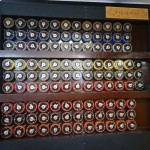
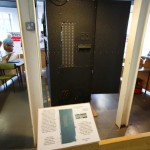
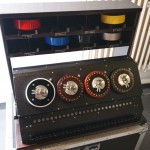
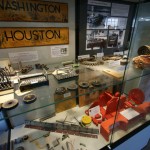
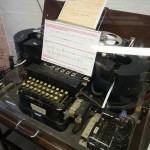
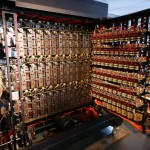
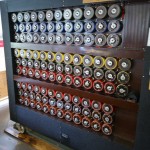

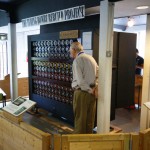
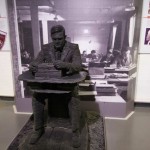

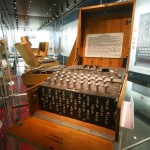
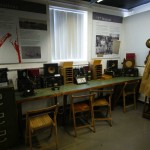
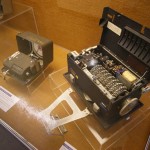

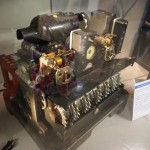

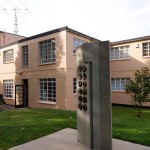

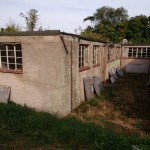
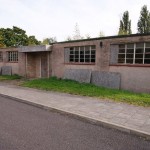
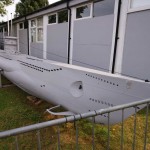

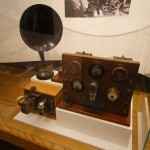
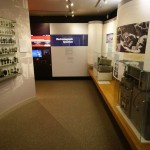
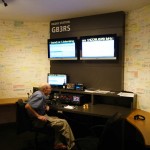
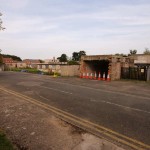

And the ‘game’ continues all the more so today. Except… Replace the Bombes and Heath Robinson and Colossus with instead, The Cloud:
A death blow for PPTP – CloudCracker
(Also note the volunteer distributed parallel cryptographic breaking attempts of distributed.net, which began in 1997.)
TNMOC and Bletchley Park are in the recent news with:
The Register: World’s oldest digital computer successfully reboots
Update: And there’s a slightly more semi-serious follow-on article:
The Register: DEKATRON reborn: Full details on World’s Oldest Digital Computer
Nothing to do with Bletchley but connected with the rapid computer developments after Bletchley, we have:
Behold ATLAS, the fastest computer of 50 years ago
The YouTube video is well worth watching and gives a scary roll-call of my old lecturers at Manchester! (Good to see they are still going strong 🙂 )
See also the Google Blogspot “Remembering Ferranti Atlas: the UK’s first supercomputer”.
Cheers,
Martin
A further follow-on article for the Dekatron WITCH:
Brit 2.5-tonne nuke calculator is World’s Oldest Working Computer
That includes a good YouTube vid of the ‘reboot proceedings’ and brief demonstration with the people that made it:
The reboot of the Harwell Dekatron / WITCH computer, the world’s oldest…
Bletchley Park are blazing into the past again!
Bletchley Park boffins start trailblazer EDSAC computer rebuild
Cambridge’s First Computer
There’s an EDSAC emulator that can be tried, but best read around a little first to get to see what it was all about!
Recently in the news:
The road to uncovering a wartime Colossus
For another essential part of the jigsaw that included Bletchley Park, there was also the derring-do beyond the front lines of the war effort:
When Ian Fleming picked my grandfather to steal Nazi secrets
That story was uncovered by chance accident of an unusual name and a chance meeting. What other such stories remain Top Secret still?
Bletchley Park continues to be in the news with the hard work being done by hugely dedicated volunteers to continue the ever expanding TNMOC and their resurrection of the dawn of electronic computing:
‘Flash-Gordon’ tech: How Sir Maurice Wilkes made practical computers possible
Demo shows off first parts of Edsac rebuild
Clocking in the digital age
Rise of the machines, south of Milton Keynes
The two The Register articles are surprisingly serious and interesting compared to their usual editorial frivolity. Some spectacular history is being rebuilt at TNMOC that has just got to be a must-see!
For a bit of a Colossus of a lego cutie in true The Register irreverence, see:
Behold, replica Nazi-code-cracking Colossus computer IN LEGO FORM
The Register visits Bletchley Park! And gives rather a good writeup. But how in Milton Keynes did the writer manage to get around the place in under two hours?!!… Must be a pleb journo… 🙁 So, a surprisingly good writeup considering. 😉 There’s a rather interesting snippet that it was Bletchley that sank the Bismarck. The film portrayal of a lucky chance find by a spotter plane flying to the ends of its range was all a Churchillian ruse to keep “Ultra” a secret:
Bletchley rebooted: The crypto factory time remembered